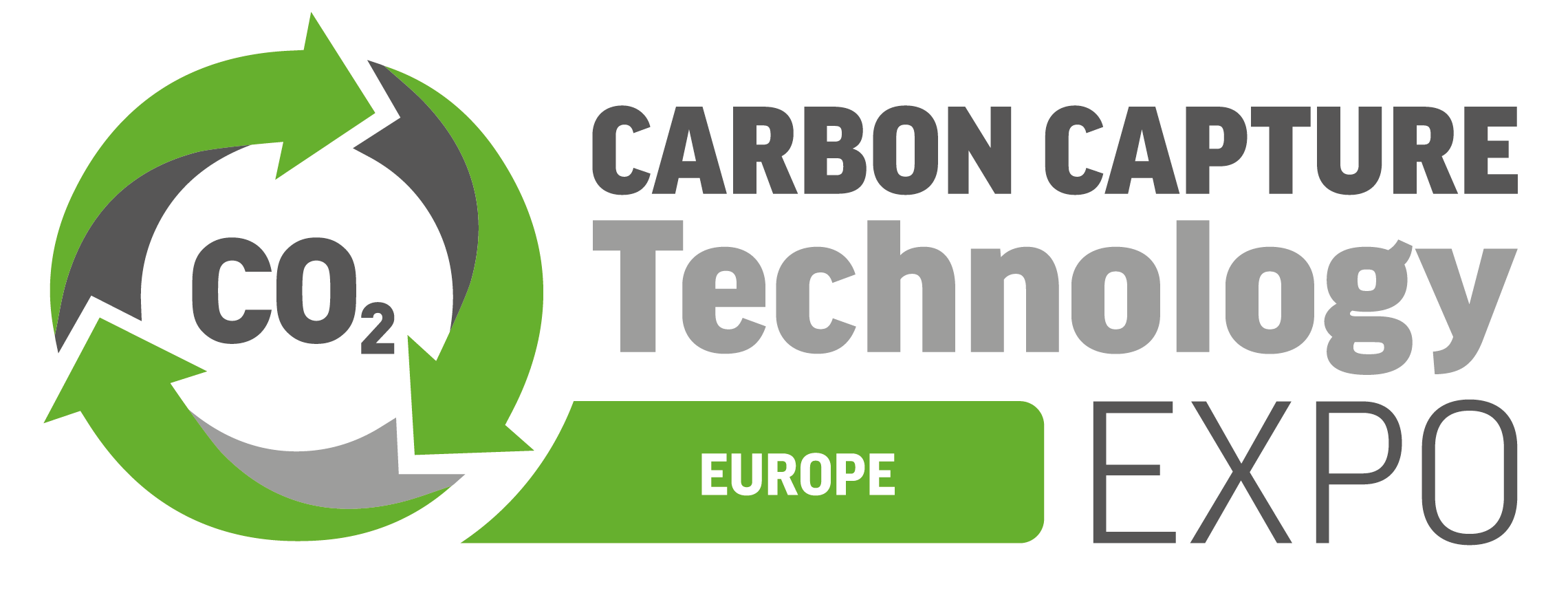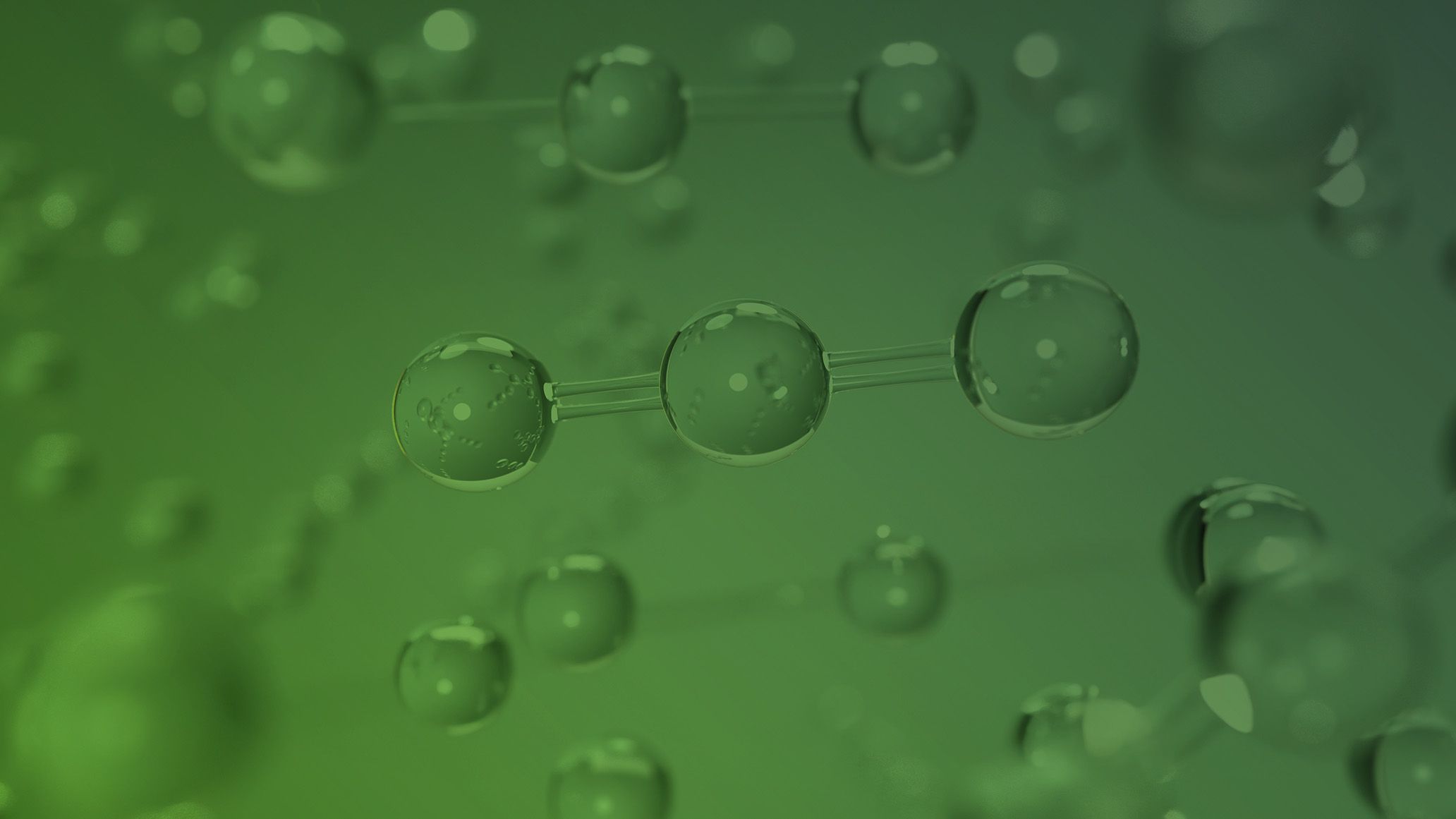A new collaboration between VTT and Mitsubishi Electric will focus on capturing CO2 directly from marine environments
)
VTT and Mitsubishi Electric, which is a company based in Japan, have begun a long-term research collaboration. This partnership will focus on investigating new technologies which could be used for solving global challenges within the marine ecosystems.
Its been made clear that the Direct Ocean Capture (DOC) project, which is dedicated to capturing CO2 from oceans, will be commencing in 2024.
Now Mitsubishi Electric and VTT have created an Memorandum of Understanding (MOU) and they intend to collaborate on developing key nature-positive technologies. A huge benefit for Mitsubishi Electric, is that this long-term research cooperation is a part of the company’s comprehensive strategic initiatives.
As this collaboration and project progresses, Mitsubishi Electric has outlined their aims of accelerating development activities, which are aimed at implementing DOC as early as is practical. Simultaneously, the company plans to advance a wide range of technology initiatives whilst they are in collaboration with VTT. The purpose of this part of the plan is to address global environmental issues. Moreover, the purpose of DOC is that it is a carbon dioxide removal (CDR) technology and it is designed to remove carbon dioxide from oceans, consequently eliminating ocean acidification. This is an important step as right now ocean acidification threatens marine ecosystems and also impacts economic activities like fishing. Therefore, using DOC techniques means that carbon neutrality and other nature-positive outcomes will occur.
Alongside the collaboration, Mitsubishi Electric has also set a goal of having zero greenhouse gas emissions present throughout its value chain by fiscal year ending March 31, 2051. Plus, this goal is accompanied by another aim to pursue innovation, with the intention of reducing carbon dioxide emissions. Overall, Mitsubishi Electric has made their aims clear and these involve actively removing and capturing CO2 through its developing of CDR technology. This overall goal highlights the way Mitsubishi Electric has ensured that sustainability is at the core of its business. A top priority for the company is to promote comprehensive strategic initiatives further than the boundaries set by existing businesses and organisations. They aim to do this with the intention of creating and strengthening synergistic businesses, in order to grow the company, while enriching society, as well as the environment.
With these goals in mind, it is clear that a partnership with VTT will be beneficial due to the company’s capabilities for rapid Technology Readiness Level (TRL) lifting, which consequently allows for an accelerated path for commercial scalability. Plus, the choice to set up the pilot of this project in Finland was an excellent decision, due to the convenience of the location along the vulnerable Baltic Sea ecosystem.
Vice President at VTT and project leader of this collaboration, Antti Arasto, commented, “We are proud and humbled that Mitsubishi Electric has selected us as their cooperation partner, acknowledging VTT’s excellence in research and development of nature-positive technologies that include groundbreaking results in carbon capture. We share the same goal of drastically improving the state of marine ecosystems. Our experts are excited as this is exactly the kind of challenge research needs for making radical breakthroughs.”
Executive Officer, Vice President, Sustainability Innovation Group, Mitsubishi Electric, Seiji Oguro, mentioned, “Based on our fundamental principle of ‘addressing social challenges through our business,’ we are convinced that this strategic collaboration with VTT will further accelerate our efforts in creating new businesses contributing to ‘Trade-On (mutual benefits)’ activities. We selected VTT because we have recognised their high R&D capabilities and commercialisation mindset, which have led to a proven track record of creating new innovations. By combining the capabilities of both organisations, we are jointly embarking on the challenge to realise a nature-positive world.”




)
)
)
)
)
)
)
)
)
)
)
)
)
)
)
)
)
)
)
)
)
)
)
)
)
)
)
)
)
)
)

)
)

)
)
)
)
)
)
)
)
)
)
)


)
)
)
)
)

)
)

)

)
)
)
)
)
)
)
)
)


)
)
)
